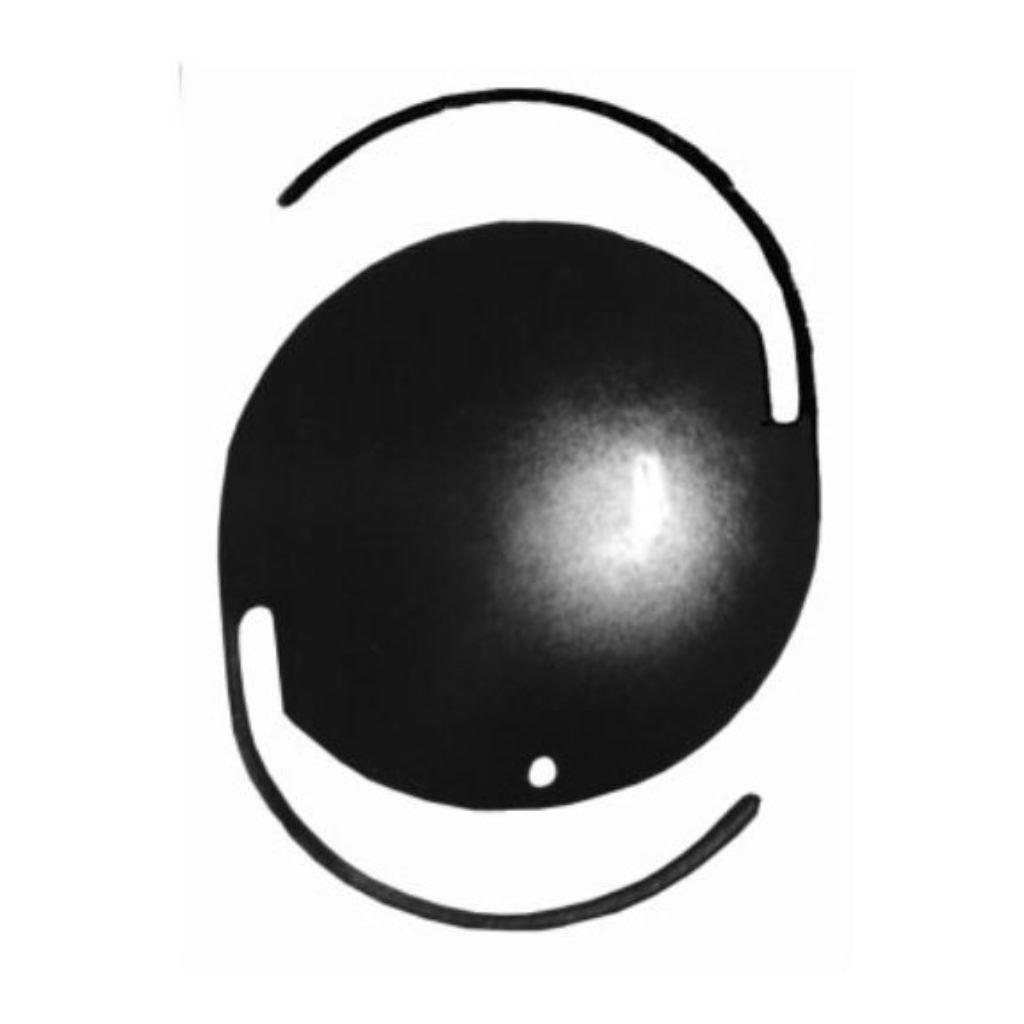Corneal ulcers are open sores that form on the clear front surface of your eye, called the cornea. These ulcers can cause pain, redness, and even vision loss if not treated quickly. Because corneal ulcers are serious, it is important to know their causes, symptoms, and how to prevent them. Early treatment for corneal ulcers can help protect your eyesight.
What Are Corneal Ulcers?
A corneal ulcer is a small, open wound on the cornea. The cornea is the clear, dome-shaped layer that covers the front of your eye. It helps focus light so you can see clearly. When germs or injuries damage the cornea, an ulcer can form. Corneal ulcers are often painful and may lead to vision problems if left untreated.
Common Causes of Corneal Ulcers
Corneal ulcers can develop for many reasons. However, infections are the most common cause. Here are some main causes:
In addition, poor contact lens hygiene can raise your risk of developing corneal ulcers.
Symptoms to Watch For
Corneal ulcer symptoms can appear suddenly. Early signs are important to notice. Look for these symptoms:
If you notice any of these corneal ulcer symptoms, seek medical help right away. Quick care can prevent serious problems.
How Corneal Ulcers Are Diagnosed
Eye doctors use several steps to diagnose corneal ulcers. First, they will ask about your symptoms and eye health history. Next, they will examine your eyes with a special microscope called a slit lamp. Sometimes, doctors use a dye to highlight the ulcer. In some cases, they may take a small sample from the ulcer to find out which germ is causing the problem. This helps guide the best treatment for corneal ulcers.
Treatment Options for Corneal Ulcers
Treatment for corneal ulcers depends on the cause. However, early treatment is always important. Common options include:
Always follow your doctor’s instructions closely. Do not stop treatment early, even if your eye feels better.
Prevention Tips for Healthy Eyes
Preventing corneal ulcers is possible with good eye care. Try these tips to protect your eyes:
By following these steps, you can lower your risk of developing corneal ulcers.
When to See an Eye Specialist
If you notice any signs of a corneal ulcer, don’t wait. Seek help from an eye specialist, like Dr. Mihir Paranjpe, right away. Early treatment can prevent vision loss and other serious complications. Even mild symptoms should be checked, especially if you wear contact lenses or have had eye injuries before.
Consult Dr. Mihir Paranjpe, an eye specialist, for personalized advice if you notice any symptoms of corneal ulcers.

